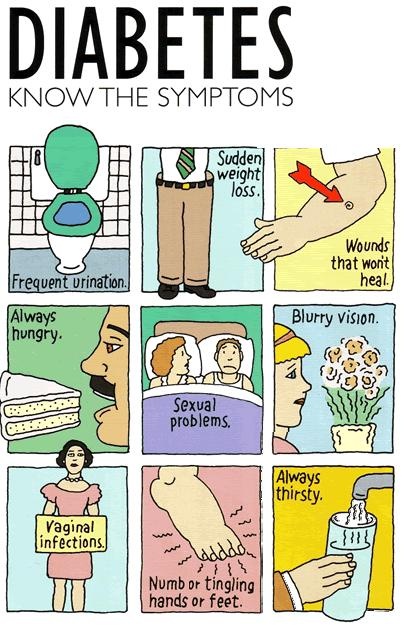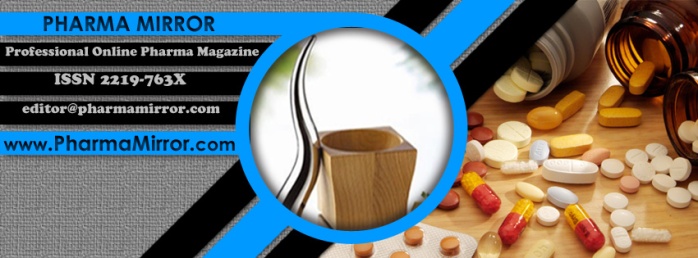Antioxidants are substances that inhibit the destructive effects of oxidation. Some of the general antioxidants that are known are glutathione effects, glutathione peroxidase, vitamins A,C,E, catalase and SOD. The decreased efficiency of antioxidant defenses (both enzymatic and non-enzymatic) seems to correlate with the severity of pathological tissue changes in type 1 diabetes.
Administration of the antioxidants, for example, the vitamin C and free amino acids, get a better reaction to insulin and can supply extra benefit to the proposed reduction of oxidative stress in tissues. Experimental study on diabetic rats suggested that nutritional vitamin E supplementation helps fatty acids metabolism and lower lipid peroxidation in rat tissues. Oral vitamin C and vitamin E has the ability to lower the oxidative stress in eye and the vascular endothelia function get better in type1 and not type 2 diabetes. Vitamin C and Vitamin E, probably have an important role in reducing the oxidative damage produced by nitric oxide and other free radicals. The estimation of vitamin levels and other antioxidants in saliva could provide a good insight about the body function against oxidative stress and it can be used to monitor therapy.
Learn more: Source of Antioxidants in Natural Foods & Its Health Benefits
Reference: Natheer H. Al-Rawi (2012). Diabetes, Oxidative Stress, Antioxidants and Saliva: A Review, Oxidative Stress and Diseases, Intechopen publishers.



You must be logged in to post a comment.